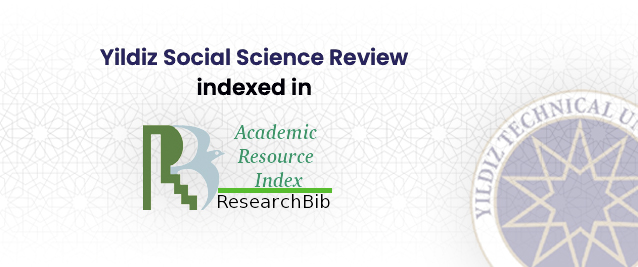Abstract
This paper includes an examination of the recent changes in household structure in Turkey as well as a literature review on the potential economic consequences of such changes, including those on the demand for housing, labor force participation, and the income distribution. When different types of households are examined - using figures published by annually by TurkStat - in terms of their prevalence and their average income levels, we obtain results that are consistent with the considerable decline in the average household size in Turkey. While there has been a rapid increase in the share of single-person households since 2006, their well-being – in comparison to multiple-adult households with no dependent children – has worsened. In order to better understand the reasons for this trend, we conduct an empirical analysis using micro data from TurkStat’s Survey of Income and Living Conditions. The age distributionof those in single-person households turns out to differ substantially with gender. Males are concentrated around the age of 30, while the average age of females is near 70. According to multiple regression results, gender, age, level of education, and marital status are among the significant determinants of the annual incomes of single-person households. The change in the composition of single-person households with respect to these variables seems to have been responsible for the decline in their relative economic well-being.
Bu makalede Türkiye İstatistik Kurumu’nun yayınladığı veriler kullanılarak Türkiye’de 2006 yılından bu yana hanehalkı yapısında yaşanan değişim gözlemlenmekte ve bu değişimin konut talebinde ve işgücüne katılımda artış ve gelir dağılımında bozulma gibi olası ekonomik etkilerine dair bir yazın taramasına yer verilmektedir. Farklı yapılara sahip hanehalkları yaygınlık ve gelir düzeyi bakımından karşılaştırıldığında, ortalama hanehalkı büyüklüğündeki azalmayla tutarlı olarak, tek kişilik hanehalklarının sayısının zaman içinde hızla arttığı, ancak bu artışa bu tip hanelerin gelir durumlarındaki – en az iki yetişkinin olduğu, bağımlı çocuksuz hanelere nazaran – gerilemenin eşlik ettiği görülmektedir. Bu trendin nedenini daha iyi anlayabilmek için tek kişilik hanelere odaklanan ve Gelir ve Yaşam Koşulları Araştırması’na ait mikro verileri kullanan bir ampirik çalışma yapılmaktadır. Tek başına yaşayanların yaş dağılımı, bu tip hanelerde yoğunlaşmanın erkeklerde 30 yaş civarında, kadınlarda ise 70 yaş civarında olduğunu göstermektedir. Çoklu regresyon sonuçlarına göre, cinsiyet, yaş, eğitim düzeyi ve medeni durum gibi değişkenler tek kişilik hanehalklarının toplam gelirlerinin belirleyicileri arasında bulunmaktadır.












